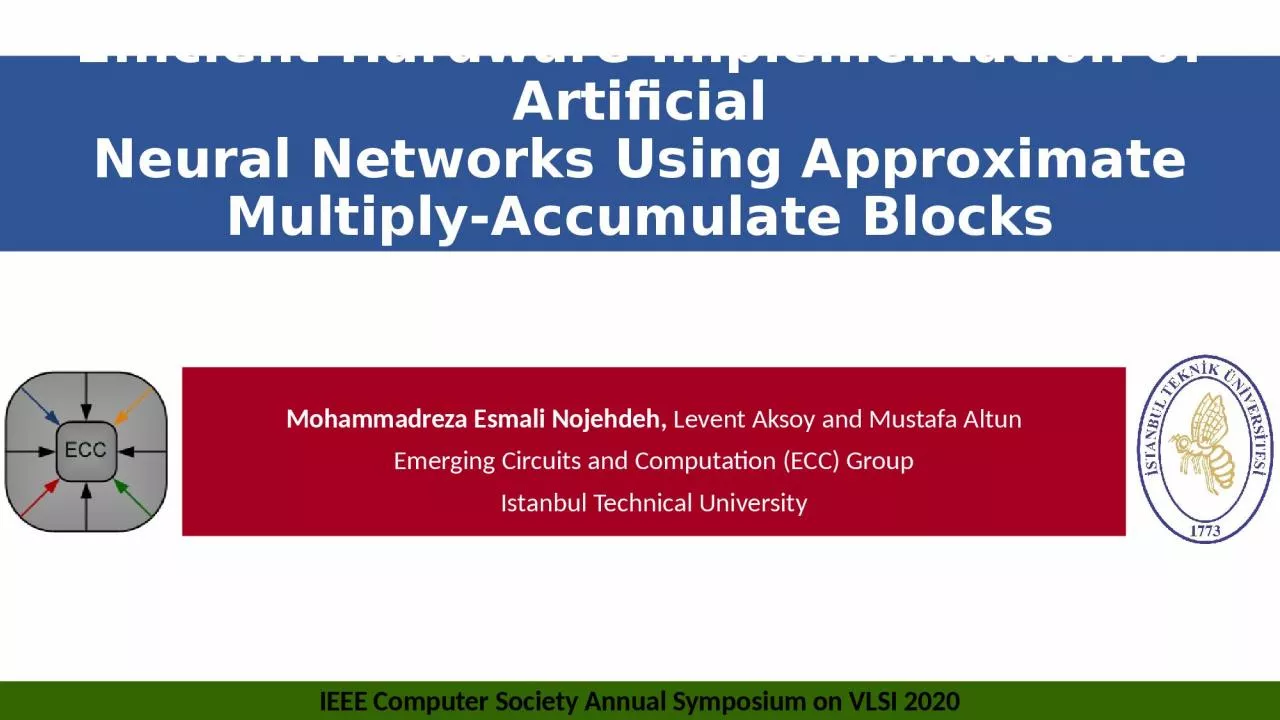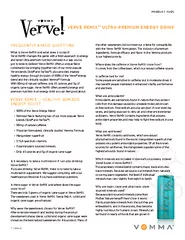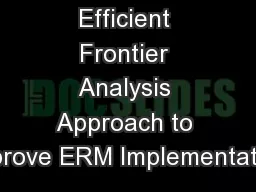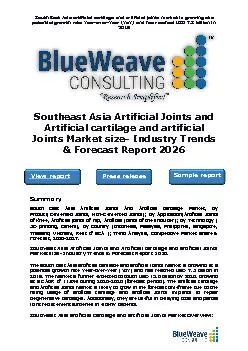PPT-Efficient Hardware Implementation of Artificial
Author : molly | Published Date : 2024-03-13
Neural Networks Using Approximate MultiplyAccumulate Blocks Mohammadreza Esmali Nojehdeh Levent Aksoy and Mustafa Altun Emerging Circuits and Computation ECC
Presentation Embed Code
Download Presentation
Download Presentation The PPT/PDF document "Efficient Hardware Implementation of Art..." is the property of its rightful owner. Permission is granted to download and print the materials on this website for personal, non-commercial use only, and to display it on your personal computer provided you do not modify the materials and that you retain all copyright notices contained in the materials. By downloading content from our website, you accept the terms of this agreement.
Efficient Hardware Implementation of Artificial: Transcript
Download Rules Of Document
"Efficient Hardware Implementation of Artificial"The content belongs to its owner. You may download and print it for personal use, without modification, and keep all copyright notices. By downloading, you agree to these terms.
Related Documents














